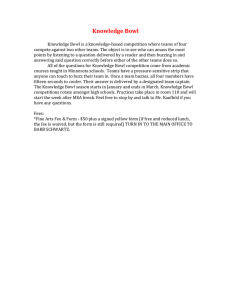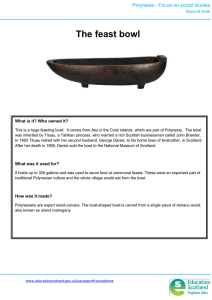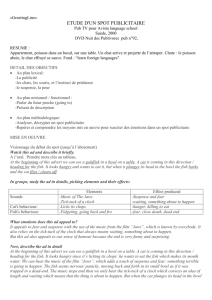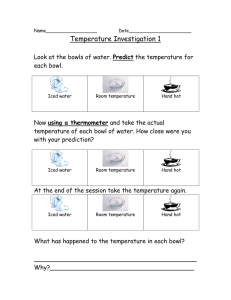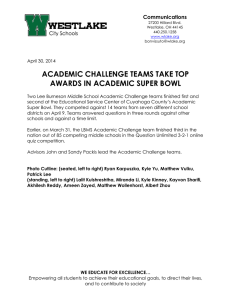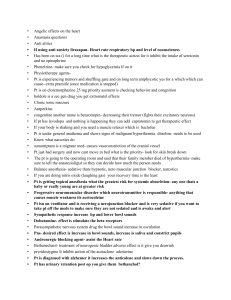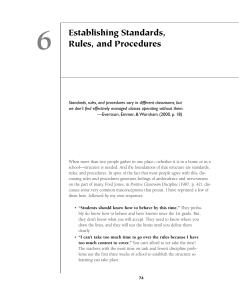Fish Bowl Working with Groups:
advertisement
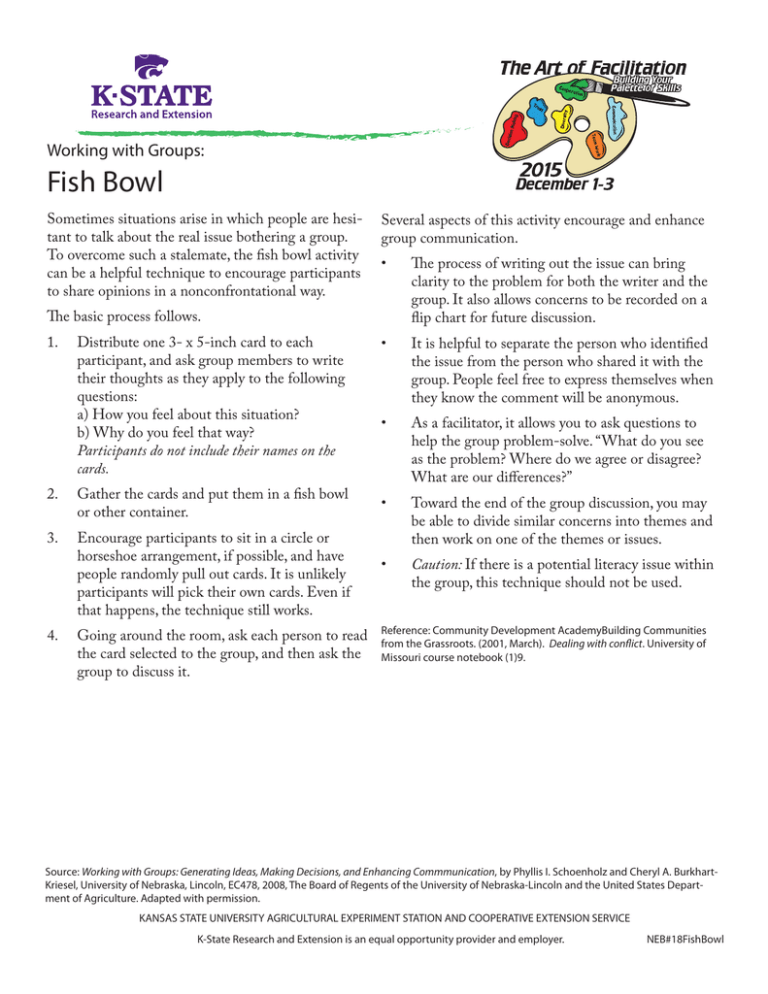
Working with Groups: Fish Bowl Sometimes situations arise in which people are hesitant to talk about the real issue bothering a group. To overcome such a stalemate, the fish bowl activity can be a helpful technique to encourage participants to share opinions in a nonconfrontational way. Several aspects of this activity encourage and enhance group communication. 1. Distribute one 3- x 5-inch card to each participant, and ask group members to write their thoughts as they apply to the following questions: a) How you feel about this situation? b) Why do you feel that way? Participants do not include their names on the cards. • • The basic process follows. 2. Gather the cards and put them in a fish bowl or other container. 3. Encourage participants to sit in a circle or horseshoe arrangement, if possible, and have people randomly pull out cards. It is unlikely participants will pick their own cards. Even if that happens, the technique still works. 4. Going around the room, ask each person to read the card selected to the group, and then ask the group to discuss it. • • • The process of writing out the issue can bring clarity to the problem for both the writer and the group. It also allows concerns to be recorded on a flip chart for future discussion. It is helpful to separate the person who identified the issue from the person who shared it with the group. People feel free to express themselves when they know the comment will be anonymous. As a facilitator, it allows you to ask questions to help the group problem-solve. “What do you see as the problem? Where do we agree or disagree? What are our differences?” Toward the end of the group discussion, you may be able to divide similar concerns into themes and then work on one of the themes or issues. Caution: If there is a potential literacy issue within the group, this technique should not be used. Reference: Community Development AcademyBuilding Communities from the Grassroots. (2001, March). Dealing with conflict. University of Missouri course notebook (1)9. Source: Working with Groups: Generating Ideas, Making Decisions, and Enhancing Commmunication, by Phyllis I. Schoenholz and Cheryl A. BurkhartKansas State University Agricultural Experiment Station and Cooperative Extension Service Kriesel, University of Nebraska, Lincoln, EC478, 2008, The Board of Regents of the University of Nebraska-Lincoln and the United States DepartK-State Research and Extension is an equal opportunity provider and employer. ment of Agriculture. Adapted with permission. KANSAS STATE UNIVERSITY AGRICULTURAL EXPERIMENT STATION AND COOPERATIVE EXTENSION SERVICE K-State Research and Extension is an equal opportunity provider and employer. NEB#18FishBowl
